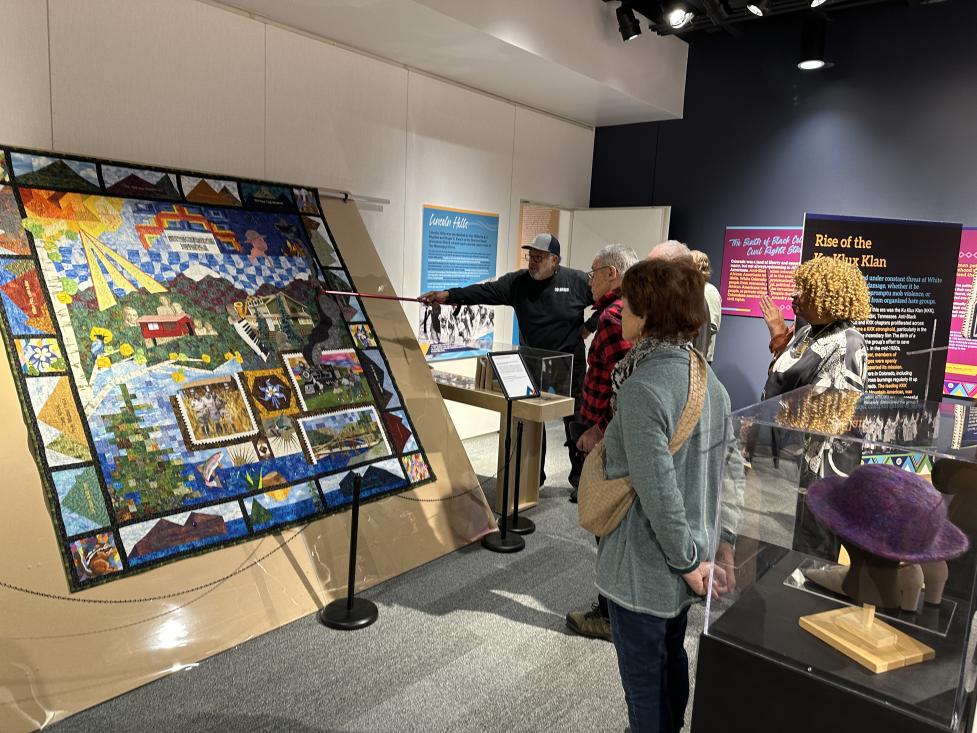Since 1944, the Museum of Boulder has provided a place of reflection of our local community and beyond. “Having a history museum is important for creating a sense of belonging,” Nyasha James-Davis, Creative Director for Programming. “Right now, the Museum of Boulder is looking at history through different lenses in order to rewrite all people into our collective story. Last year, we displayed Voces Vivas, which examined Boulder’s history through the perspective of our Latinx community.”
Over the past several years, the museum has been working toward its most recent exhibit, ‘Proclaiming Colorado’s Black History.’ “Our goal was to create an interactive space that examines the Black experience in Boulder and preserves its rich and complex history,” said Emily Zinn, Director of Education. “The ideation for the project came during a time of racial reckoning in our country that was re-energized in 2020. There was a sentiment from the community that racism was not present in Boulder, and we wanted to shake people out of that notion.”
A major part of the exhibit includes Afrofuturism, which is a cultural movement blending science fiction, fantasy and history highlighting African American artists. “We want to ensure there are spaces prioritizing Black artists and local Black residents to keep the community on a path of learning and growth,” said James-Davis.
There is also a large educational component to the exhibit, allowing it to live beyond the walls of the museum. “We’ve woven our work into curriculums and school groups of all ages will come visit,” said James-Davis. “Additionally, we have collected amazing oral histories with the help of Minister Glenda Strong Robinson. We’ve expanded upon them with our ‘Listen Back’ events, which allow the audience to engage with folks who share their oral histories and stories with the group.”
A key component to the museum’s ability to bring exhibitions like ‘Proclaiming Colorado’s Black History’ to life is through partnerships and grant funding. “Almost all of our work is in partnerships – especially when it comes to equity as a predominantly white institution,” said Zinn. “Partnerships are the only way to successfully integrate equity into the larger effectiveness of our organization. Funding from sources including Boulder Arts Commission Cultural Grants makes dreams and visions and partnerships possible.”
For more information about the Museum of Boulder and upcoming events, visit their website at MuseumOfBoulder.org and follow them on social media @museumofboulder.
